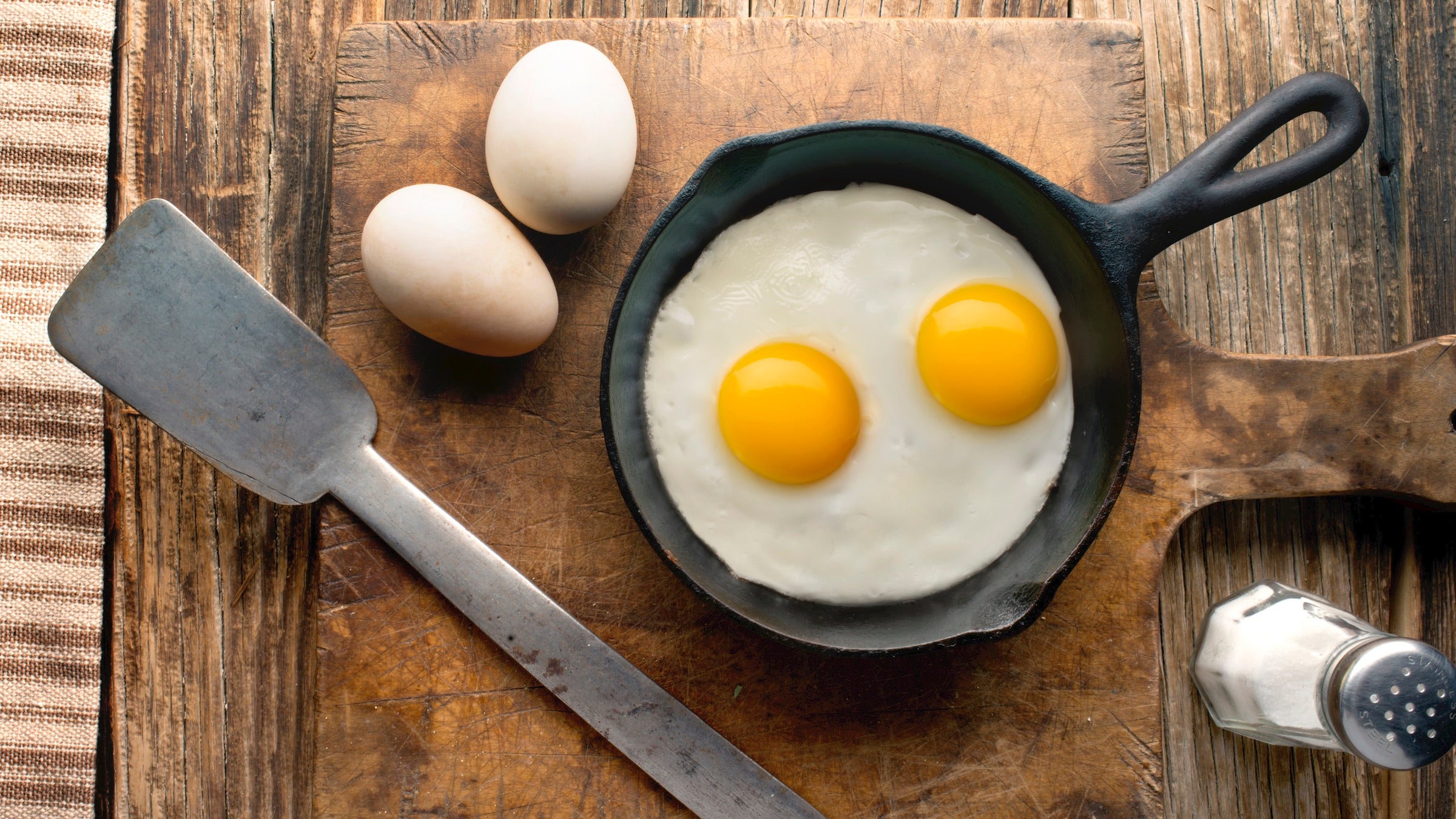The Basics of Low-Carb, High-Fat

Eggs are an example of a low-carb, high-fat food. (Photo: Getty Images)
If you’ve perused the snack aisle in a health store recently, chances are you’ve noticed a surge in “high fat” or “keto-friendly” labels. Unlike in decades past, following an eating style that’s significantly higher in fat than carbohydrates has become a prevailing dietary trend known as low-carb, high-fat (or LCHF)—and it’s one that endurance athletes are increasingly trying out.
Low-What, High-Huh?
As the name would suggest, with a low-carb, high-fat diet (LCHF) diet, more energy is derived from fat. The blueprint ranges, but it usually entails less than 20% of energy from carbohydrate and more than 50% of energy sourced from fat, as well as varied amounts of protein. However, some “extreme” LCHF diets contain less than 5% carbohydrates.
So, what’s the draw? Following a LCHF eating style intends for your body to use ketones from fat for energy, instead of using the glucose in carbohydrates. The idea is that you will begin to use up fat stores as fuel over time, thus boosting weight loss or controlling your body weight and fat mass, while maintaining lean muscle mass. A significant number of studies have shown that long-term application of LCHF diets, combined with reduced-energy consumption, are more effective in reducing body weight than following a high carb, low fat (HCLF) diet. But while this approach to weight management may be crucial for weigh-in-based sports like boxing, what are the real-life benefits for endurance athletes?
RELATED: The Science Behind Low-Carb, High-Fat Diets for Tri
Why Low-Carb, High-Fat for Tri
A 2017 study maintained that long-term LCHF diets may be as effective, or even more beneficial, in terms of endurance, performance, and metabolic advantages, among athletes such as cyclists when compared to HCLF diets. Researchers in a 2016 study also hypothesized that long-term LCHF diets may enhance performance in ultra-endurance events, such as ultra-marathons and iron-distance events, as the LCHF-adapted athlete may be able to maintain higher relative exercise intensity during a race while preserving muscle glycogen for sprints at a later stage of the competition. In some studies, it is suggested that a LCHF diet is better suited to an endurance athlete, rather than someone who relies on short bursts of intense aerobic energy.
“Fat provides a lot more energy than we think it does, and it’s a great energy source for daily workouts. It is also the preferred energy source at low and medium intensities such as endurance training,” confirmed Ulrike Kuhl, a registered dietician and a nutritionist who works with the digital metabolism tracking device Lumen.
Kuhl agrees that following a LCHF plan can prove valuable for some athletes. “Eating for your metabolism in a low-carb, high-fat framework has proven to move the needle for endurance athletes, because when you focus on depleting your carbohydrate stores through exercise and focus on burning fat, then you are using the right energy sources for your daily life.”
Kuhl added, “This type of diet helps increase fat adaptivity, especially when you are first training your metabolism. Someone who is already metabolically flexible can process fats and carbs more efficiently with a high chance of being able to eat more carbs as you become more carb adaptive.”
Where to Start With LCHF
For best practice, Kuhl advised focusing first and foremost on filling the diet with healthy fats “such as avocado, olive oil, full-fat cheese, and a variety of seeds and nuts.” She notes that it’s also important to focus on high-quality and fatty proteins too.
“Once you build your menu of fats and proteins, it’s then easier to add small quantities of healthy carbohydrates such as whole grains, legumes, and fruit,” she pointed out. “Athletes tend to rely more on carbs since it is a more readily available fuel source when training at high intensities, [but] we often underestimate how beneficial it can be to reduce your carb intake and also incorporate more whole foods.”
Be Cautious
Most studies from the past decade note that more research is needed when it comes to LCHF-adapted athletes developing central fatigue during endurance events or perceptual-motor performance during prolonged intermittent sports. The ideal composition of saturated, monounsaturated, and polyunsaturated fatty acids in LCHF diets is also still being investigated. Though, it is generally conclusive that long-term LCHF diets are safe and “may even improve several metabolic risk factors for chronic diseases.”
One thing that could potentially help? Checking how “flexible” your metabolism is with a tracking device or getting metabolic testing. When asked why a LCHF diet might not work well for an endurance athlete, Kuhl says that her team does tend to believe in providing more carbohydrate servings for people who record an intense training session, in order to fuel their workout properly.
Low-Carb, High Fat: What’s Next?
Want to learn more about LCHF diets for triathletes? Check out our recent in-depth, science-focused piece with information from elite-level tri coaches, perspectives from pro triathletes who use (and who don’t use) a LCHF diet, and more.